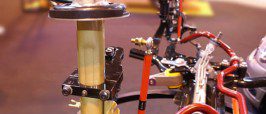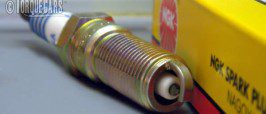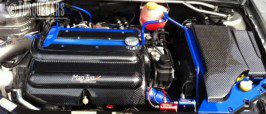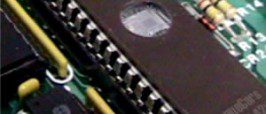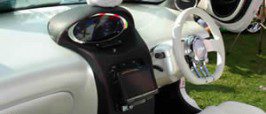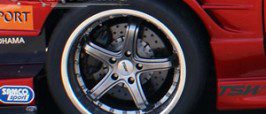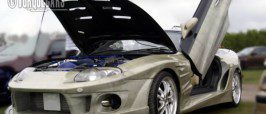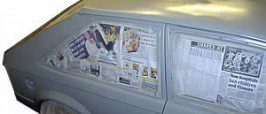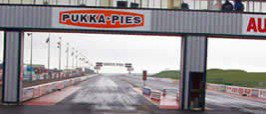Lamborghini Tuning Tips and Modifications
Maximise your Lamborghini driving pleasure
Thanks for visiting TorqueCars, we love Lamborghinis and see so many interesting Lamborghini projects.
If you are looking to build the ultimate Lamborghini then you’ve found the right place.

Our tuning tips and articles for the Lamborghini cover all the best mods and latest tuning methods to help you build a great modified Lamborghini.
With the help of our forum members, industry professionals and seasoned car modders we present a best practice guide to modding your Lamborghini.
Please join us in our forums, we love to hear what members are up to and it helps us spot trends so that we can ensure the site is always covering the latest and greatest tuning topics.
Feel free to drop a tip or suggestion on the comments box at the bottom of each and every article, this feedback is greatly valued and helps us refine our articles.
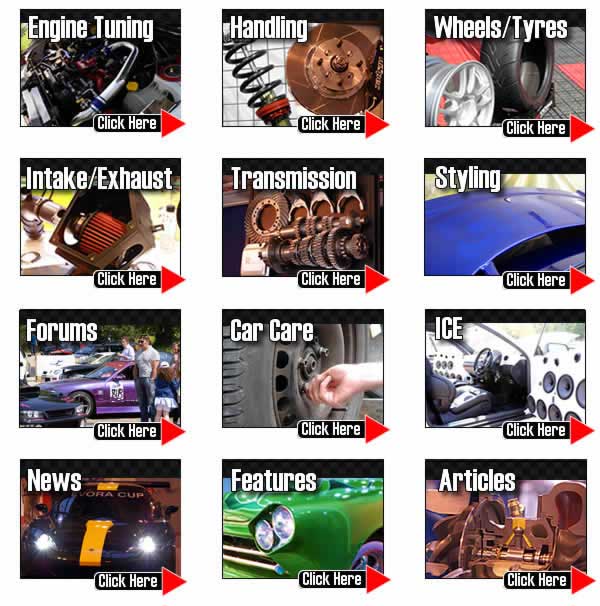
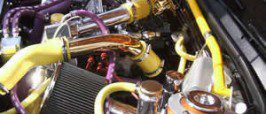
Adding a turbo or supercharger is a fairly complex modification so we’ll cover the basics of adding a turbo upgrade in this article. The idea of doubling your power with one “simple turbo upgrade” is certainly appealing, but what is involved in a turbo conversion project? What are the common problems when a car is turbocharged? How do you add a turbo safely to a car?
Particulate filters and FAP Performance gains.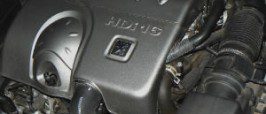
The particulate filter is a stand alone unit. It is located upstream of the cat in the exhaust system and its purpose is to remove soot particles from the gas stream. The cat the proceeds to do its usual job of converting CO to CO2 and is in no way dependent or relied upon by the particulate filter.
In diesels the cats are two way devices and run in unregulated mode (ie. no O2 sensor like a petrol car).
How to lower the engines compression ratio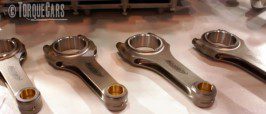
Reducing the compression ratio is required if you want to run a high boost supercharged engine. High compression NA (naturally aspirated) engines are quite efficient but when adding forced induction you want to lower the compression ratio.
The compression ratio has a dramatic effect on an engines performance and the problem of knock, (where the air fuel mix prematurely ignites) is controlled to a large degree by the compression ratio.
Converting a car to EV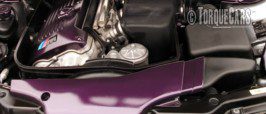
Converting your car to electric power Instead of buying from the ever-growing Electric Car market, you may wonder can I […]

